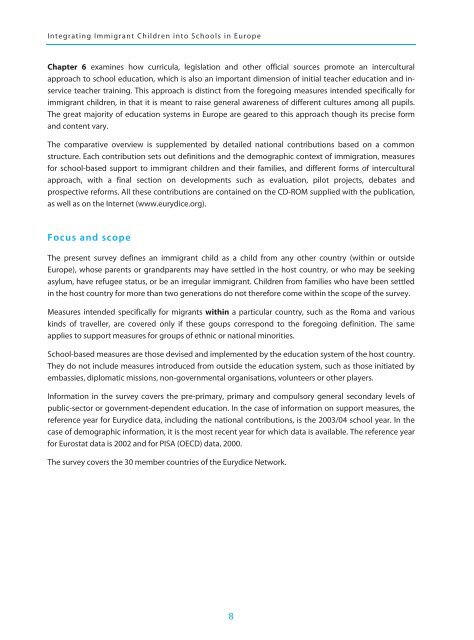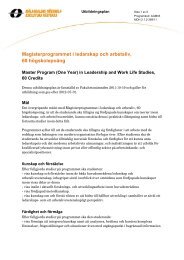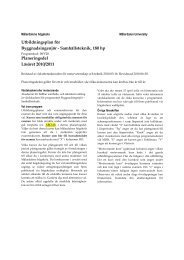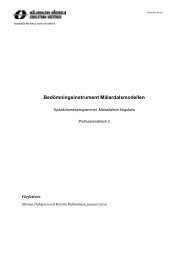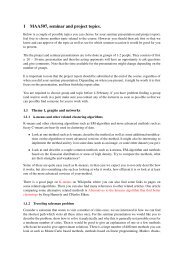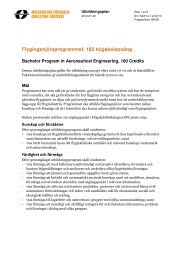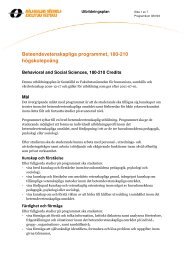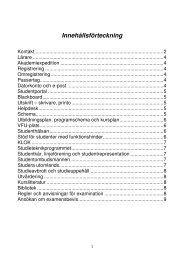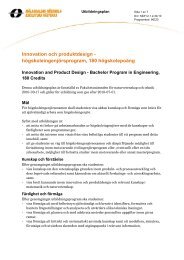Integrating Immigrant Children into Schools in Europe
Integrating Immigrant Children into Schools in Europe
Integrating Immigrant Children into Schools in Europe
You also want an ePaper? Increase the reach of your titles
YUMPU automatically turns print PDFs into web optimized ePapers that Google loves.
<strong>Integrat<strong>in</strong>g</strong> <strong>Immigrant</strong> <strong>Children</strong> <strong><strong>in</strong>to</strong> <strong>Schools</strong> <strong>in</strong> <strong>Europe</strong>Chapter 6 exam<strong>in</strong>es how curricula, legislation and other official sources promote an <strong>in</strong>terculturalapproach to school education, which is also an important dimension of <strong>in</strong>itial teacher education and <strong>in</strong>serviceteacher tra<strong>in</strong><strong>in</strong>g. This approach is dist<strong>in</strong>ct from the forego<strong>in</strong>g measures <strong>in</strong>tended specifically forimmigrant children, <strong>in</strong> that it is meant to raise general awareness of different cultures among all pupils.The great majority of education systems <strong>in</strong> <strong>Europe</strong> are geared to this approach though its precise formand content vary.The comparative overview is supplemented by detailed national contributions based on a commonstructure. Each contribution sets out def<strong>in</strong>itions and the demographic context of immigration, measuresfor school-based support to immigrant children and their families, and different forms of <strong>in</strong>terculturalapproach, with a f<strong>in</strong>al section on developments such as evaluation, pilot projects, debates andprospective reforms. All these contributions are conta<strong>in</strong>ed on the CD-ROM supplied with the publication,as well as on the Internet (www.eurydice.org).Focus and scopeThe present survey def<strong>in</strong>es an immigrant child as a child from any other country (with<strong>in</strong> or outside<strong>Europe</strong>), whose parents or grandparents may have settled <strong>in</strong> the host country, or who may be seek<strong>in</strong>gasylum, have refugee status, or be an irregular immigrant. <strong>Children</strong> from families who have been settled<strong>in</strong> the host country for more than two generations do not therefore come with<strong>in</strong> the scope of the survey.Measures <strong>in</strong>tended specifically for migrants with<strong>in</strong> a particular country, such as the Roma and variousk<strong>in</strong>ds of traveller, are covered only if these goups correspond to the forego<strong>in</strong>g def<strong>in</strong>ition. The sameapplies to support measures for groups of ethnic or national m<strong>in</strong>orities.School-based measures are those devised and implemented by the education system of the host country.They do not <strong>in</strong>clude measures <strong>in</strong>troduced from outside the education system, such as those <strong>in</strong>itiated byembassies, diplomatic missions, non-governmental organisations, volunteers or other players.Information <strong>in</strong> the survey covers the pre-primary, primary and compulsory general secondary levels ofpublic-sector or government-dependent education. In the case of <strong>in</strong>formation on support measures, thereference year for Eurydice data, <strong>in</strong>clud<strong>in</strong>g the national contributions, is the 2003/04 school year. In thecase of demographic <strong>in</strong>formation, it is the most recent year for which data is available. The reference yearfor Eurostat data is 2002 and for PISA (OECD) data, 2000.The survey covers the 30 member countries of the Eurydice Network.8


